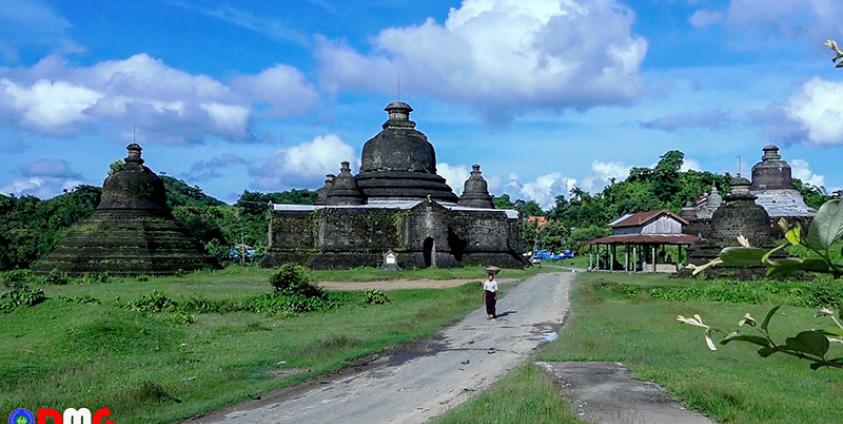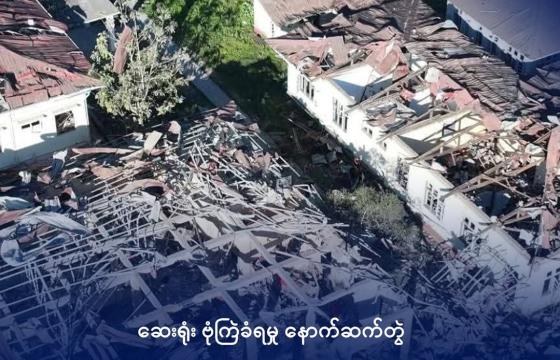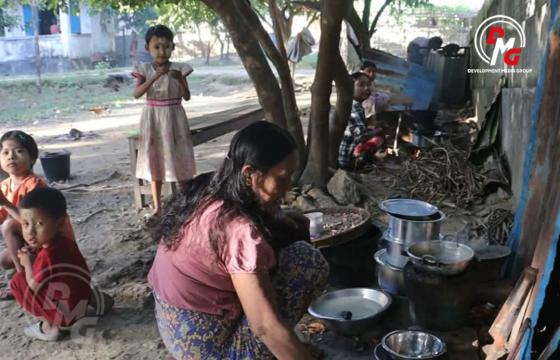The International Council on Monuments and Sites (ICOMOS) will conduct a field survey of Mrauk-U in September, following Myanmar’s December 2021 submission of a final proposal seeking to designate the ancient Arakanese city as a UNESCO World Heritage Site.
The ICOMOS, which is one of the formal advisory bodies to UNESCO’s World Heritage Committee, will compare the proposal with the situation on the ground, said Daw Khin Than, chairperson of the Mrauk-U Cultural Heritage Conservation Association.
“The ICOMOS team is set to arrive in September. They will conduct field surveys to check the facts in the proposal. They will also ask residents whether they want World Heritage Site status for Mrauk-U,” she said.
The association, the Mrauk-U branch of the Department of Archaeology and National Museum, and youth and civil society organisations are taking collaborative measures to keep Mrauk-U’s pagodas and stupas clean. The association is also organising talks to educate locals about the UNESCO World Heritage bid.
“We will know next year whether Mrauk-U will be inscribed on the UNESCO World Heritage List,” said Ko Zaw Htun of the Mrauk-U Youth Association, which has been part of the nomination effort. “We think Mrauk-U deserves to be recognised as a UNESCO World Heritage Site. However, public participation is still weak.”
The Mrauk-U branch of the Department of Archaeology and National Museum is holding a photo exhibition showcasing the scenic beauty of Mrauk-U’s pagodas, stupas and stone sculptures, as well as the culture and customs of the Mrauk-U era, as part of the campaign for World Heritage status.
“We are holding a photo exhibition so that not only Arakan State, but the entire Myanmar and the world know the culture of Mrauk-U,” said U Kyi Khin, director of the Mrauk-U branch of the Department of Archaeology and National Museum.
The photo exhibition, entitled “Infinite Treasure Land”, has been held twice in Mrauk-U and one time in Sittwe. The department is also planning to bring the exhibition to Thandwe this month, before taking the Mrauk-U heritage roadshow to Yangon, Mandalay and Naypyidaw.
From the early15th century to the late 1800s, Mrauk-U was the seat of Arakanese kings, who at the height of their power controlled an area covering large parts of eastern Bengal, modern-day Arakan State and the western part of lower Myanmar. Mrauk-U’s exemplary stone carving and sculptures, unique pagodas and stupas, ancient city walls and moats used in bygone days for irrigation and drainage as well as defence, are among the features highlighted in the UNESCO bid.
There are some 600 squats and other unauthorised structures in the ancient heritage zone, and U Kyi Khin in April said that those buildings would be removed ahead of the ICOMOS delegation’s visit.







